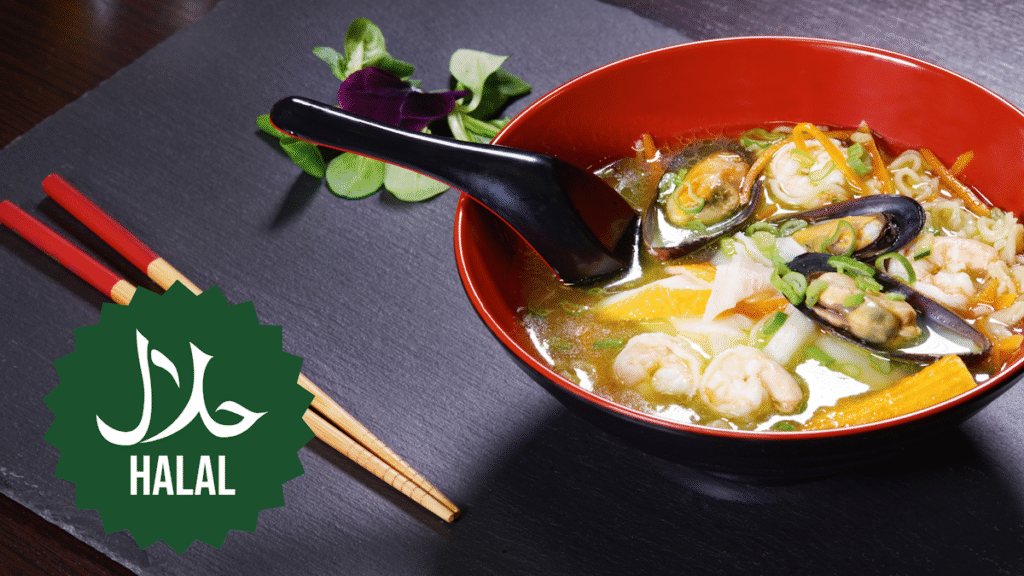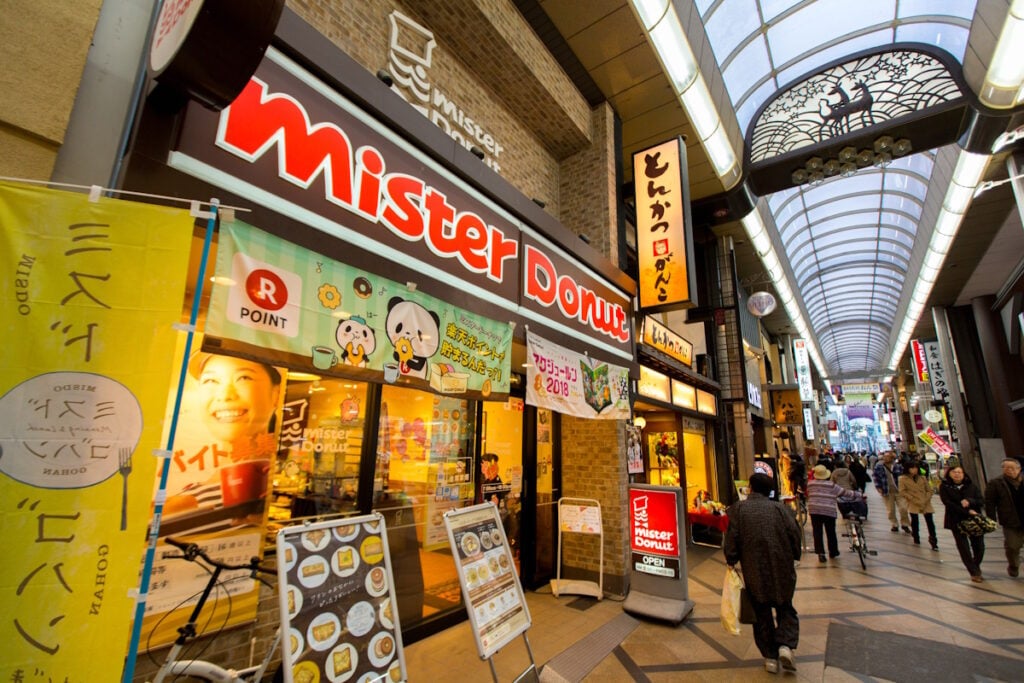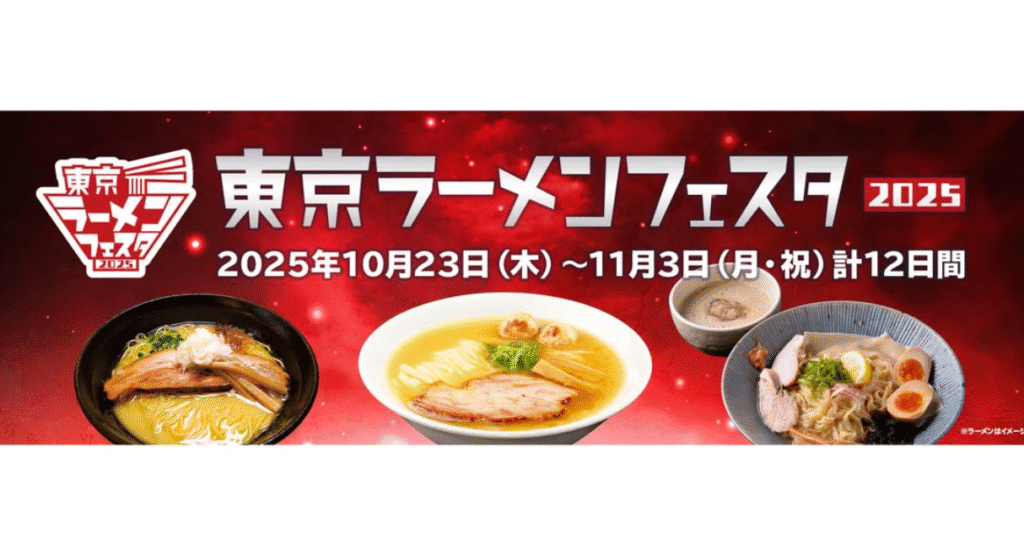When you think of maple leaves, you probably imagine gorgeous red, yellow, and orange autumn vistas. If you were asked to name foods associated with the maple tree, you’d likely think of maple syrup and maple sugar. Eating the leaves themselves would likely not come to mind.
But in Minoh City in Japan’s Kansai region, maple leaves, or momiji, aren’t just something pretty to look at. In Minoh, momiji tempura is a delicious snack popular with both locals and tourists.
Minoh Falls

Minoh City, located under an hour away from Osaka by train, is primarily known for the gorgeous Minoh Falls. This waterfall, which is open to the public at no charge, is a popular destination for hikers and nature enthusiasts. Minoh Falls is especially beautiful in autumn, when it is surrounded by brilliant red and yellow maple trees.
To reach the falls, visitors walk along a pathway lined with food vendors – and the majority of them will have delicious momiji tempura for sale. Momiji tempura is generally sold by the bag, and a single bag costs between 300 and 500 yen, or approximately four US dollars.
How to make momiji tempura

Momiji tempura makers typically choose yellow leaves with thick, prominent veins, as these are generally the most flavorful. Red leaves tend to turn black when cooked, and are not as aesthetically pleasing.
The leaves are preserved in salt for a full year before they are made into momiji tempura. This salt preservation allows momiji tempura to be sold year-round, although it is naturally most popular during the autumn months.
Once the leaves are ready, chefs fry them in oil and coat them with tempura batter. Each individual maple leaf is typically fried for around 20 minutes.
The final product retains the iconic five-pointed shape of the maple leaf. In fact, the word momiji can mean both “a leaf that becomes crimson” and “a baby’s hand,” referencing its shape!
Maple leaves are naturally mild-tasting and almost flavorless. To combat this, momiji tempura vendors coat the leaves in a batter that is drier and sweeter than the tempura batter used to coat fish or vegetables. Most add sugar to the batter to both sweeten it and prevent the tempura from tasting overly oily. Some vendors will also add sesame seeds to their tempura batter for additional notes of flavor.
Planning a trip to Japan? Get an authentic, interpreted experience from Unseen Japan Tours and see a side of the country others miss!

"Noah [at Unseen Japan] put together an itinerary that didn’t lock us in and we could travel at our own pace. In Tokyo, he guided us personally on a walking tour. Overall, he made our Japan trip an experience not to forget." - Kate and Simon S., Australia

See a side of Tokyo that other tourists can't. Book a tour with Unseen Japan Tours - we'll tailor your trip to your interests and guide you through experiences usually closed off to non-Japanese speakers.


Want more news and views from Japan? Donate $5/month ($60 one-time donation) to the Unseen Japan Journalism Fund to join Unseen Japan Insider. You'll get our Insider newsletter with more news and deep dives, a chance to get your burning Japan questions answered, and a voice in our future editorial direction.
Hikers and visitors can enjoy these leaves as a light snack. They are not particularly filling and might leave you longing for a full meal later on.
The history of momiji tempura
The origins of momiji tempura are unclear. Some Minoh residents claim that the fried leaves are over one thousand years old, and that they were first created by pilgrims visiting the nearby Ryuan-ji, Saiko-ji, and Katsuo-ji temples.
However, some historians and anthropologists insist this cannot be the case. The techniques for frying tempura-style only appeared about 500 years ago, brought to Japan by missionaries from Spain and Portugal. Vendors began selling momiji tempura in the area around Minoh Falls in 1910, making these tasty fried leaves a tradition with at least one hundred years of history. [2]
けろけろ🐸 on X (formerly Twitter): “もみじ饅頭~😱ちゃいますよ😭箕面の定番お土産もみじ天ぷらを購入かりんとうの食感で美味ですよ😋箕面の滝散歩帰りにおすすめします😆#箕面 #散歩 #大阪 #お土産 #もみじ天ぷら pic.twitter.com/puBYSX522F / X”
もみじ饅頭~😱ちゃいますよ😭箕面の定番お土産もみじ天ぷらを購入かりんとうの食感で美味ですよ😋箕面の滝散歩帰りにおすすめします😆#箕面 #散歩 #大阪 #お土産 #もみじ天ぷら pic.twitter.com/puBYSX522F
Today, momiji tempura are still found primarily in Minoh City, although a few stores in central Kyoto and Osaka may sell them. Most vendors simply sell the leaves in bags. However, some have introduced twists on the formula, such as a maple sugar ice cream cone topped with momiji tempura.
Some shops, such as the 80-year old Hisakuni Kousendou, raise their own maple trees specifically for creating momiji tempura. Hisakuni Kousendou, one of the most well-known shops, maintains approximately 150 maple trees and harvests bushels of leaves annually.
If you want to taste momiji tempura, you’ll have to head to Minoh City. While you’re there, make sure to visit other great Minoh attractions, such as Minoh Falls and the nearby temples and insect museum. (Minoh is also home to the first Mister Donut, now a popular chain seen practically everywhere in Japan.)
Other maple-themed snacks found around the country include momiji manju, buckwheat dumplings found on the island of Miyajima in Hiroshima, and maple Kit Kats, found just about everywhere.
Most importantly of all, make sure to pair your maple snacks with some gorgeous autumn views!
Discover the “unseen” side of Japan
Japan is on everyone’s travel bucket list. Sadly, many end up going to the same places as everyone else. That can turn what could have been a fun, once-in-a-lifetime experience into an exhausting battle with crowds.
Planning a trip to Japan? Get an authentic, interpreted experience from Unseen Japan Tours and see a side of the country others miss!

"Noah [at Unseen Japan] put together an itinerary that didn’t lock us in and we could travel at our own pace. In Tokyo, he guided us personally on a walking tour. Overall, he made our Japan trip an experience not to forget." - Kate and Simon S., Australia

See a side of Tokyo that other tourists can't. Book a tour with Unseen Japan Tours - we'll tailor your trip to your interests and guide you through experiences usually closed off to non-Japanese speakers.


Want more news and views from Japan? Donate $5/month ($60 one-time donation) to the Unseen Japan Journalism Fund to join Unseen Japan Insider. You'll get our Insider newsletter with more news and deep dives, a chance to get your burning Japan questions answered, and a voice in our future editorial direction.
We started Unseen Japan Tours for the same reason we started Unseen Japan: To give people a unique glimpse into Japan they can’t get anywhere else. Let us create a custom itinerary of hard-to-find spots centered on your interests. We can also serve as your guides and interpreters, taking you to places that non-Japanese-speaking tourists usually can’t access.
Contact us below to get the ball rolling today!
What to read next

Halal Ramen in Tokyo: A Look at the Expanding Scene
Wanna enjoy one of Japan’s signature dishes but still stay halal? These five shops in Tokyo serve noodles without the pork and booze.

Why Japan’s Combini Can’t Beat Mister Donut
Mister Donut is facing fierce competition from the likes of 7-Eleven and Krispy Kreme. Here’s why it remains Japan’s top donut choice.

Tokyo Ramen Festa Showcases Dish’s Regional Variety Over 12 Days
Here’s your chance to try some of Japan’s best ramen from across the country in a single location in Tokyo’s Setagaya City.
Sources
日経(日本経済新聞). “もみじの天ぷら、1年手塩かけ葉先ふっくら” 28 December 2020. Link.
Macaro-Ni. “大阪・箕面の「もみじ天ぷら」とは?発祥や味、作り方、お取り寄せなどを紹介” 12 September 2022. Link.
久國紅仙堂. “Overview.” Link.

